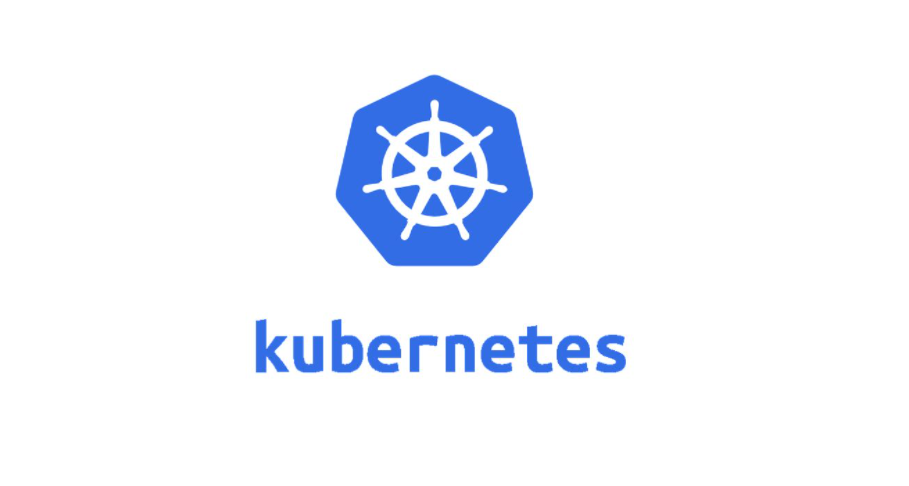创建一个Service资源后,他会自动创建出一个同名的Endpoint资源。因为Service并不直接匹配其后端的标签,而是交由Endpoint进行匹配,而匹配过程是由Endpoint控制器完成的。
1 2 3 4 5 6 7 8 9 10 11 12 13 14 15 16 17 18 19 20 21 root@k8s-master01:~ NAME TYPE CLUSTER-IP EXTERNAL-IP PORT(S) AGE demoapp NodePort 10.111.8.128 <none> 80:31156/TCP 7d demoapp-externalip-svc ClusterIP 10.96.141.139 172.16.11.75 80/TCP 12h demoapp-loadbalancer-svc LoadBalancer 10.98.79.128 <pending> 80:30373/TCP 12h demoapp-service-nodeport NodePort 10.97.56.1 <none> 80:31398/TCP 15h demoapp-svc ClusterIP 10.97.72.1 <none> 80/TCP 16h kubernetes ClusterIP 10.96.0.1 <none> 443/TCP 7d14h root@k8s-master01:~ NAME ENDPOINTS AGE demoapp 10.244.1.4:80,10.244.2.3:80,10.244.3.2:80 + 1 more... 7d demoapp-externalip-svc 10.244.1.4:80,10.244.2.3:80,10.244.3.2:80 + 1 more... 12h demoapp-loadbalancer-svc 10.244.1.4:80,10.244.2.3:80,10.244.3.2:80 + 1 more... 12h demoapp-service-nodeport 10.244.1.4:80,10.244.2.3:80,10.244.3.2:80 + 1 more... 15h demoapp-svc 10.244.1.4:80,10.244.2.3:80,10.244.3.2:80 + 1 more... 16h kubernetes 172.16.11.71:6443 7d14h
Endpoint资源还与就绪探针存在关联关系,只有就绪后,才会被Endpoint捕获并添加为可用的后端端点。
1 2 3 4 5 6 7 8 9 10 11 12 13 14 15 16 root@k8s-master01:~ Name: demoapp-svc Namespace: default Labels: <none> Annotations: endpoints.kubernetes.io/last-change-trigger-time: 2021-07-05T09:35:54Z Subsets: Addresses: 10.244.1.4,10.244.2.3,10.244.3.2,172.16.11.81 NotReadyAddresses: <none> Ports: Name Port Protocol ---- ---- -------- http 80 TCP Events: <none>
未就绪状态演示 1.编写配置清单
1 2 3 4 5 6 7 8 9 10 11 12 13 14 15 16 17 18 19 20 21 22 23 24 25 26 27 28 29 30 31 32 33 34 35 36 37 38 apiVersion: v1 kind: Service metadata: name: service-readiness-demo namespace: default spec: selector: app: demoapp-with-readiness ports: - name: http port: 80 targetPort: 80 protocol: TCP --- apiVersion: apps/v1 kind: Deployment metadata: name: demoapp2 spec: replicas: 2 selector: matchLabels: app: demoapp-with-readiness template: metadata: labels: app: demoapp-with-readiness spec: containers: - name: demoapp image: ikubernetes/demoapp:v1.0 imagePullPolicy: IfNotPresent readinessProbe: httpGet: path: '/readyz' port: 80 initialDelaySeconds: 15 periodSeconds: 10
2.应用配置清单
1 2 3 4 5 6 7 8 root@k8s-master01:~ service/service-readiness-demo created deployment.apps/demoapp2 created root@k8s-master01:~ NAME READY STATUS RESTARTS AGE IP NODE NOMINATED NODE READINESS GATES demoapp2-5b5dc85587-p6l58 1/1 Running 0 8m21s 10.244.3.27 k8s-node03 <none> <none> demoapp2-5b5dc85587-wtht9 1/1 Running 0 8m21s 10.244.3.26 k8s-node03 <none> <none>
3.查看endpoint
1 2 3 4 5 6 7 8 9 10 11 12 13 14 15 16 root@k8s-master01:~ Name: service-readiness-demo Namespace: default Labels: <none> Annotations: endpoints.kubernetes.io/last-change-trigger-time: 2021-07-06T02:25:54Z Subsets: Addresses: 10.244.3.26,10.244.3.27 NotReadyAddresses: <none> Ports: Name Port Protocol ---- ---- -------- http 80 TCP Events: <none>
4.手动的将其中一个pod改为非ready状态
1 2 3 root@k8s-master01:~ root@k8s-master01:~ FAIL
5.再次查看endpoint
1 2 3 4 5 6 7 8 9 10 11 12 13 14 15 16 root@k8s-master01:~ Name: service-readiness-demo Namespace: default Labels: <none> Annotations: endpoints.kubernetes.io/last-change-trigger-time: 2021-07-06T02:37:44Z Subsets: Addresses: 10.244.3.27 NotReadyAddresses: 10.244.3.26 Ports: Name Port Protocol ---- ---- -------- http 80 TCP Events: <none>
6.对Service进行请求
1 2 3 4 5 6 7 8 9 10 11 12 13 14 root@k8s-master01:~ NAME TYPE CLUSTER-IP EXTERNAL-IP PORT(S) AGE service-readiness-demo ClusterIP 10.97.181.65 <none> 80/TCP 14m root@k8s-master01:~ iKubernetes demoapp v1.0 !! ClientIP: 10.244.0.0, ServerName: demoapp2-5b5dc85587-p6l58, ServerIP: 10.244.3.27! root@k8s-master01:~ iKubernetes demoapp v1.0 !! ClientIP: 10.244.0.0, ServerName: demoapp2-5b5dc85587-p6l58, ServerIP: 10.244.3.27! root@k8s-master01:~ iKubernetes demoapp v1.0 !! ClientIP: 10.244.0.0, ServerName: demoapp2-5b5dc85587-p6l58, ServerIP: 10.244.3.27! root@k8s-master01:~ iKubernetes demoapp v1.0 !! ClientIP: 10.244.0.0, ServerName: demoapp2-5b5dc85587-p6l58, ServerIP: 10.244.3.27!
7.让后端端点变为就绪
1 2 3 4 5 6 7 8 9 10 11 12 13 14 15 16 17 root@k8s-master01:~ root@k8s-master01:~ Name: service-readiness-demo Namespace: default Labels: <none> Annotations: endpoints.kubernetes.io/last-change-trigger-time: 2021-07-06T02:49:54Z Subsets: Addresses: 10.244.3.26,10.244.3.27 NotReadyAddresses: <none> Ports: Name Port Protocol ---- ---- -------- http 80 TCP Events: <none>
8.访问SVC
1 2 3 4 5 root@k8s-master01:~ iKubernetes demoapp v1.0 !! ClientIP: 10.244.0.0, ServerName: demoapp2-5b5dc85587-wtht9, ServerIP: 10.244.3.26! root@k8s-master01:~ iKubernetes demoapp v1.0 !! ClientIP: 10.244.0.0, ServerName: demoapp2-5b5dc85587-p6l58, ServerIP: 10.244.3.27!

